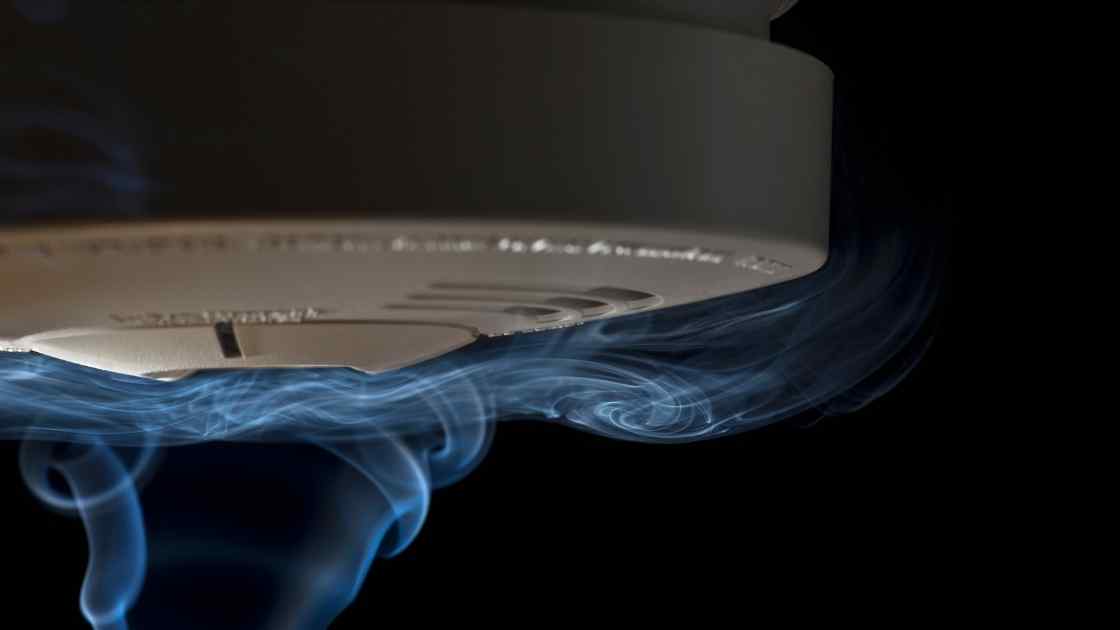Confused about “which breaker is my smoke detector”? Well, look no further because here you’ll find all the necessary things about this topic.
Smoke detectors are devices that are typically installed on the ceilings of a home or office to indicate when there is a fire. They can also be used to warn people who are outside of the building about the fire. Smoke detectors are most commonly found in homes, but they can also be found in businesses and other places where there is an increased risk of a fire.
Types of detectors
There are many types of smoke detectors, each with its benefits and drawbacks.
The three most common types of smoke detectors are ionization smoke detectors, photoelectric smoke detectors, and combination sensors. Ionization smoke detectors use an electrostatic field to detect the presence of particles in the air. Photoelectric smoke detectors use light to detect fires. Combination sensors use both methods to detect fires.
Photoelectric smoke detectors are the most common type and are generally more reliable than ionization or combination sensors. They’re also the cheapest type of detector, but they don’t work well in low-light conditions or when there is a lot of smoke or fire.
Location of the detector
Recent studies have shown that it is important for people to keep their smoke detectors in a location where they will be able to hear them if they go off. To help people make this decision, here are some tips on where to place your circuit breaker smoke detector.
Some experts suggest that you place your smoke detectors near the door of your home so that you will be alerted if there is a fire in the hallway. Others believe that it is best to place them near the bedrooms so that you will be alerted if there is a fire in one of the bedrooms. Ultimately, it is up to you and your family to decide where the best places for your smoke detectors are.
Battery life
Smoke detectors are a necessary piece of safety equipment in any home. However, like any other electronic device, their batteries will eventually die. In general, smoke detectors last on average 8-10 years. But this varies based on the type of battery and how often the smoke detector is used.
Safety tips for using smoke detectors
Smoke detectors save lives. They should be installed in every room of your home, including bedrooms and kitchens. Here are some safety tips for using smoke detectors:
- Make sure the smoke detectors are working. Test them monthly by removing the battery and plugging in the power cord. Replace the battery when it wears out.
- Change the batteries if the alarm sounds even when there is no fire. Smoke can disorient people, so make sure everyone knows how to use the alarms and where they are located.
- Keep your smoke detectors clean by rinsing them with a mild solution of soap and water after each use, especially if you have pets or children who might put toys in their mouths.
- Install alarms near exits in case of an emergency.
How to turn off a fire alarm in the building?
Smoke detectors are a valuable safety tool in any building. However, they can also be a source of false alarms. There are several ways to turn off a fire alarm in a building.
The first way is to disable the alarm by opening the panel or resetting the button on the smoke detector. The second way is to deactivate the alarm by going to the web page for your building and following the instructions. The third way is to disconnect the power to the smoke detector by pulling out the plug. Fourth, you can remove the battery cover and disable the alarm by removing 2 screws holding the alarm together. Fifth, you can disable the alarm by opening the cover and disabling the tri-state switch inside.
How do you turn off a hardwired smoke detector?
Smoke detectors save lives. In the event of a fire, these alarms will sound to warn people of the danger. However, sometimes smoke and heat can cause your smoke detector to activate even when there is no actual fire. If you need to turn off a hardwired smoke detector, there are a few methods you can use.
One way is to remove the battery. This will disable the alarm but it will still emit carbon monoxide, so be sure to replace the battery after doing this. Another way is to disconnect the power supply from the smoke detector by unscrewing or pulling out the screws that hold it in place. Be sure not to leave any wires connected for the alarm to continue sounding if there is a fire.
Conclusion
It is important to know which breaker your smoke detector is connected to in order to properly protect your home. Make sure to test your smoke detector circuit breaker and replace the battery if necessary, so you can be assured of a safe night’s sleep.
Read More: What causes blue stains in toilet bowl [With DIY Solution]




